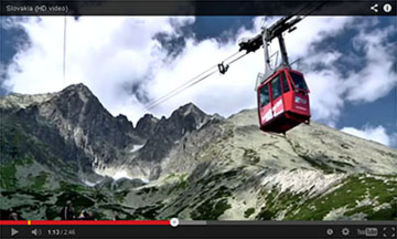An old vineyard town, since 1607 a Free Royal MODRA, is one of dominant places in the vineyard region of the Little Carpathians. It is situated on the south-eastern hillside of the Little Carpathians. The region belongs among the protected areas including many recreation resorts.
MODRA (8 700 inhabitants) is connected with various attributes – historical Modra, vineyard Modra, Štúr´s Modra, ceramic, cultural and touristical Modra. We may not omit two oldest and most exciting recreation resorts. The first of them is the Modra – Harmónia and the second is the Piesky resort(Sand) and the Zochova chata (Zochova Cottage). A Modra´s Association of vinedressers, which is a convener of an annual event the Little Carpathians´ vintage taking place in September each year, Vitis Aurea (wine competition), and the Day of open cellars in November.
HISTORY
The beginning of town settlement dates back to the 3rd millennium B.C. First written notice of Modra's existence dates back to the 12nd and 13th century. In 1607 the town of Modra was granted the privilege of a Free Royal Town from a monarch Rudolf II and therefore Modra was ranked among the most significant Ugrian Royal towns. Between 1610 and 1646 the town fortification with three gates was built by the municipality, of which only barrier ruins and so called Upper Gate have been preserved. In the 17th century Modra belonged among the most significant towns with well developed viniculture, forest economics, guild production, and educational system and culture.
CULTURE RELICS
The churches are the most valuable historical monuments in the town, the oldest of which is the Gothic Church of St. John the Baptist originated in the second half of the 14th century. The Slovak Evangelical Church was built in 1826 as an articulated church. In 1834 the German Evangelical Church was built in neoclassical style. The Roman Catholic Church of St. Stephen the King was designed by Ignác Feigler, an architect from Trnava and was built in 1876 in classical style. Other admired historical monuments are the Sculpture of Golgota from the 18th century, the Chapel of Snow Virgin Maria built in 1760, the Town Walls developed between 1610 – 1646, the Upper Gate and the Renaissance Circular Bastion, which are parts of the town fortification and many others
TIPS FOR TRIPS
The most favourite hiking path leads up to the tourist observation tower on Veľká Homoľa (Great Homoľa) taking approximately 2,5 hours walking from the centre of the town. The 20 m high observation tower offers far-distant view around the panorama of the Little Carpathians, Považský Inovec, Tribeč as well as the Austrian Alps.Author: Grellnethová
Source: Mestské informačné centrum















